Over the years, I have had the privilege to visit both Cambodia and Taiwan to visit family and sight see.
Cambodia
My mom's side of the family is Cambodian. I have visited twice in my life, both times when I was still in elementary school. I remember bits and pieces of my trip and the places we visited, but not all. We are planning a trip to visit again as a family in the near future that I am excited for!
Taiwan
My dad's side of the family is Taiwanese and I have only been to Taiwan once. I took this two week trip with my family my freshman year of high school, so I remember a lot more. I remember the delicious food, the 70 degree and humid weather in December, and the abundance of mopeds on the streets. We took the opportunity to visit as many historical places as we could fit in when we were not visiting family. I would love to go back and see the places we were not able to go to!
Here are many of the places that we visited during our trips, as well as some of the most important places that involve each country's history.
Angkor Wat

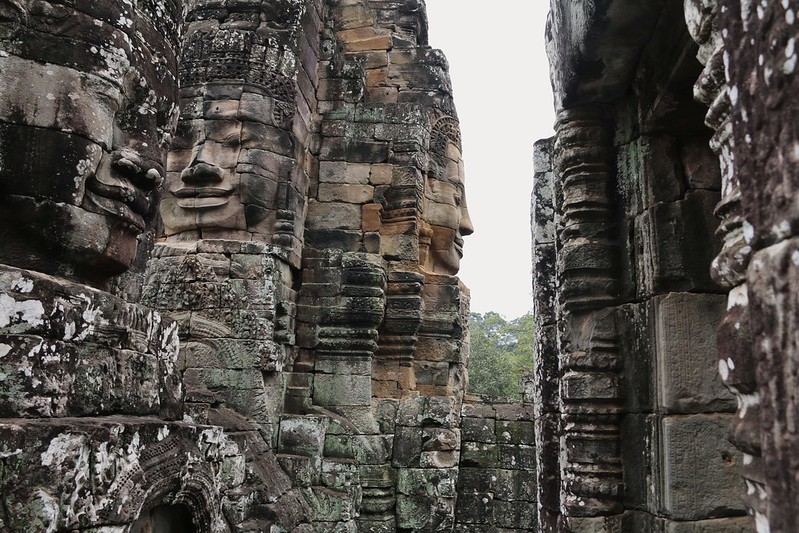

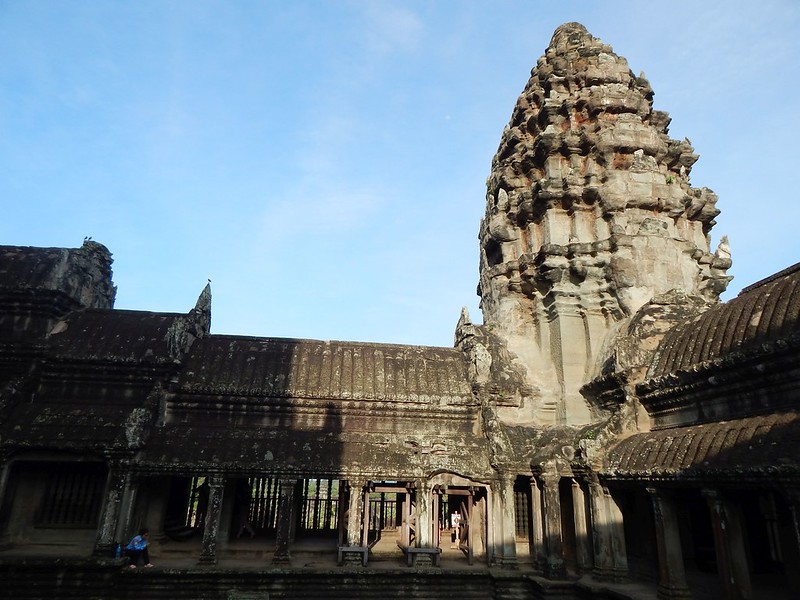
Angkor Wat is the largest religious structure in the form of a temple. The initial design and construction happened in the 12th century during King Suryvarman II's reign. It transformed from a Hindu place of worship to a Buddhist.
I remember visiting Angkor Wat and being blown away by how big it was. Even more so because I was a small first grader. I remember many of the drawings and carvings in the temple itself and my grandpa saying he likes going to the temple to walk around and excercise. A large painting of Angkor Wat is a staple item in most Cambodian houses!
For more info click here
Kampong Kdei Bridge
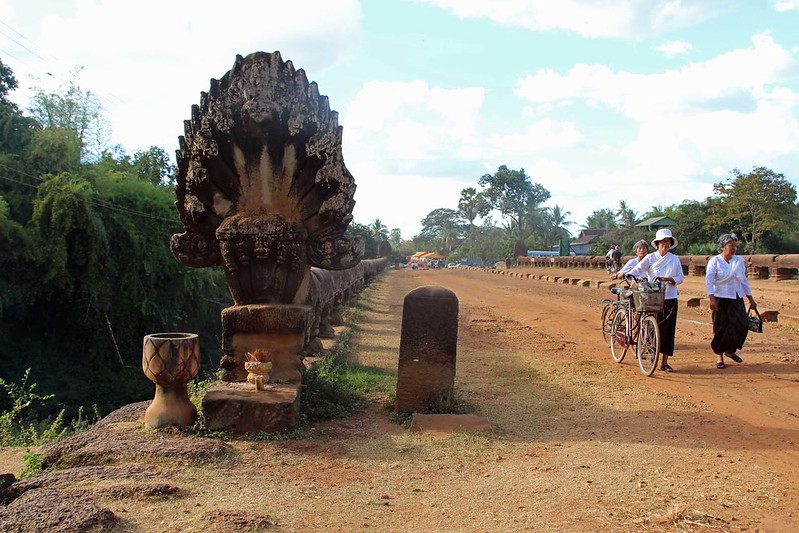
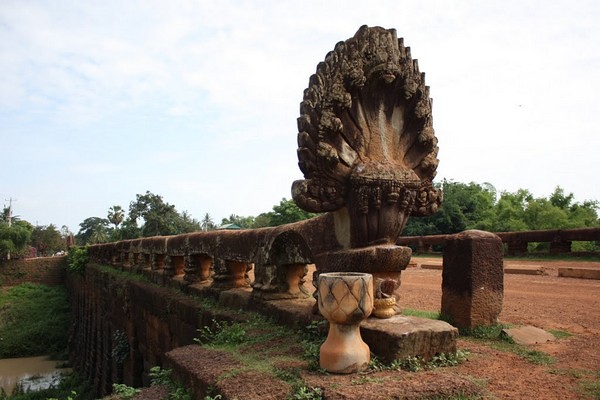
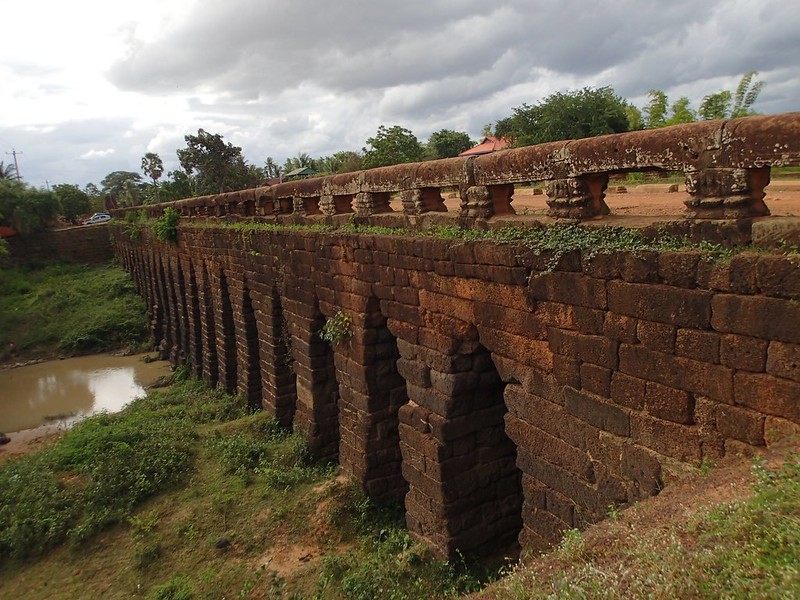
This bridge was built in the 12th century and used to be the largest corbeled stone arch bridge in the world. Ancient Naga head statues are on both sides, the 7 heads represent 7 ethnic groups.
I remember visiting this bridge and my mom telling me it's an important bridge, but at the time I never understood why. I was just fascinated by the Naga head statues and the way the bridge was built. For some reason, I can envision this bridge in my head the exact way I saw it when I went. It really stuck with me!
For more info click here
Tuol Sleng (S-21)


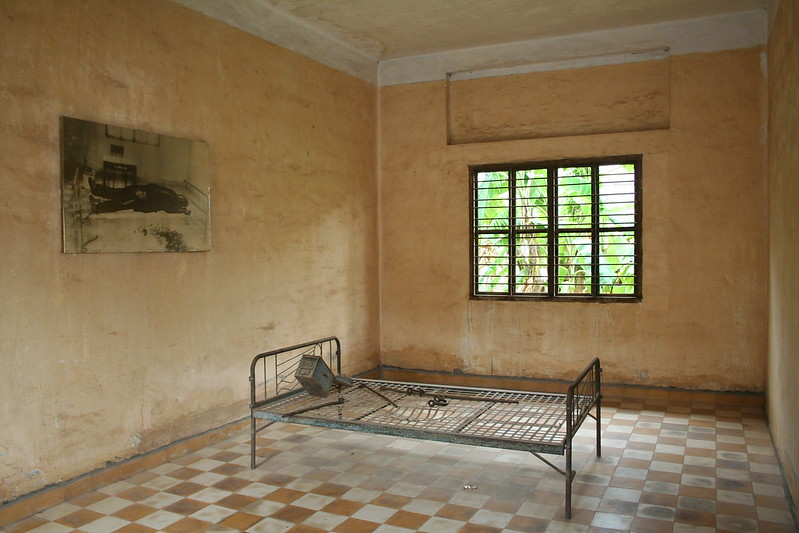
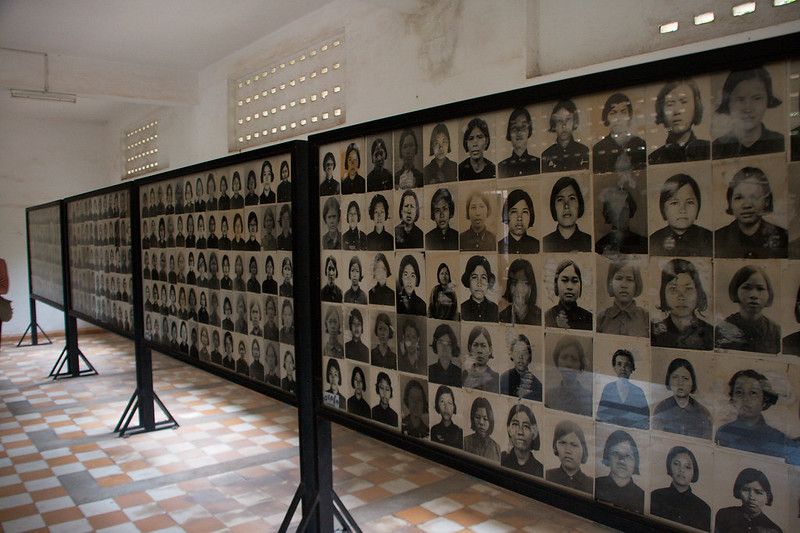
During the Khmer Rouge this school was turned into a torture filled prison. 14,000 to 17,000 prisoners were held here, and only 12 are known to have survived. The most "elite" prisoners were held here, and detailed records and mugshots were taken of them all. Torture was used to force confessions, true or not.
I have done a few projects on the topic of the Khmer Rouge, as well as Tuol Sleng. My mom's side of the family has experienced the horrors that went on during the Khmer Rouge, and they have to live with the trauma every day. Going to this genocide museum was very eye opening. Rightfully so, my mom did not let me go in and see much of the museum as I was so young, but I remember seeing the pictures of all the victims. Walking through that room and seeing all their faces evoked a certain emotion in me even as a small child. I hope that during my next visit I can learn more about the victims and have a better understanding of what happened here.
For more info click here
Taipei 101
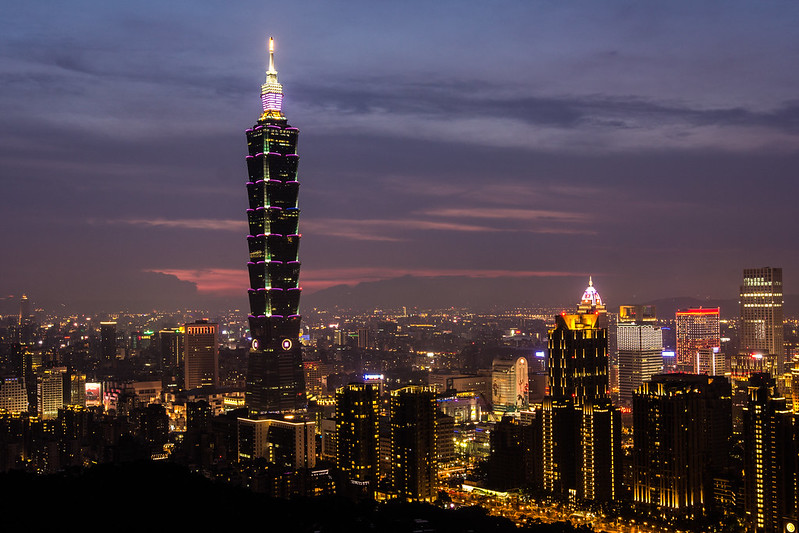
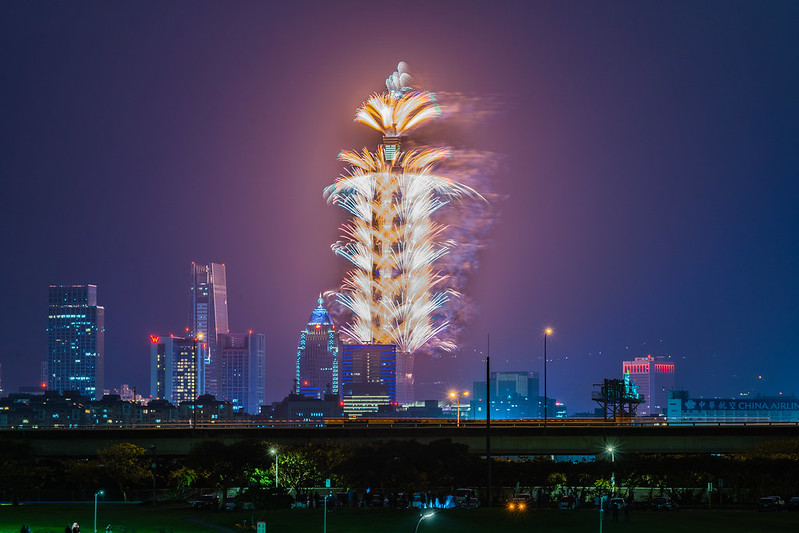
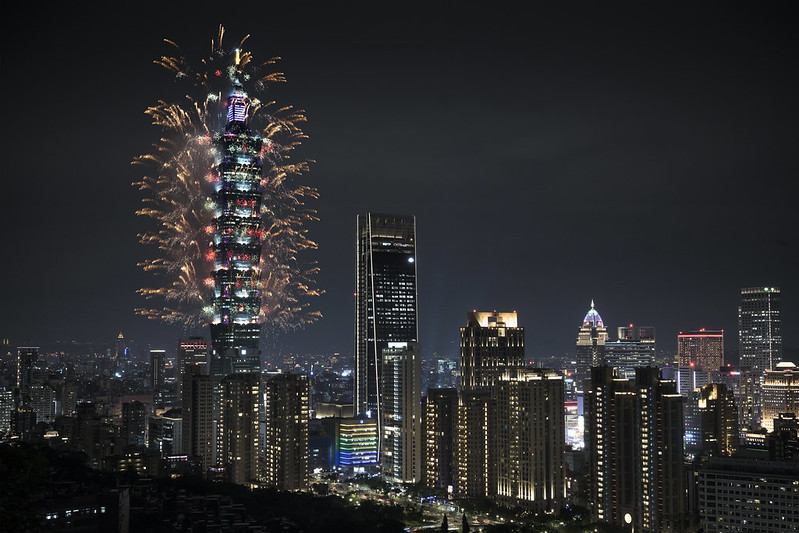
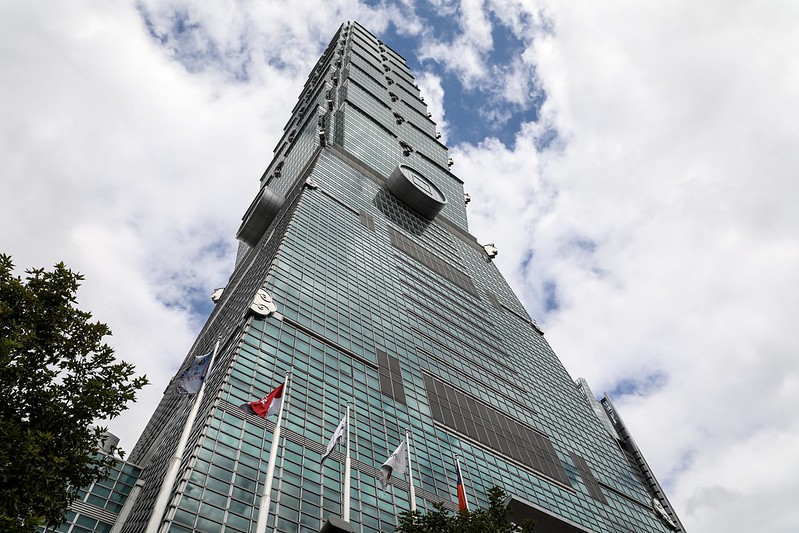
Taipei 101 was the first skyscraper to exceed the height of 1/2 a kilometer. It was classified the world's tallest skyscraper from 2004-2009.
This building is breathtaking to see in person. You have to crane your neck to look up to the top, and inside is a lot of food and a sort of shopping mall which is not what I expected. We never went to the very top, which was very much a missed opportunity. Since we visited Taiwan during the winter holiday season, we were able to see the New Years celebration. Taipei 101 is lit up with many lights and fireworks are shot off of it. It was an amazing experience that I will never forget.
For more info click here
Chiang Kai Shek Memorial

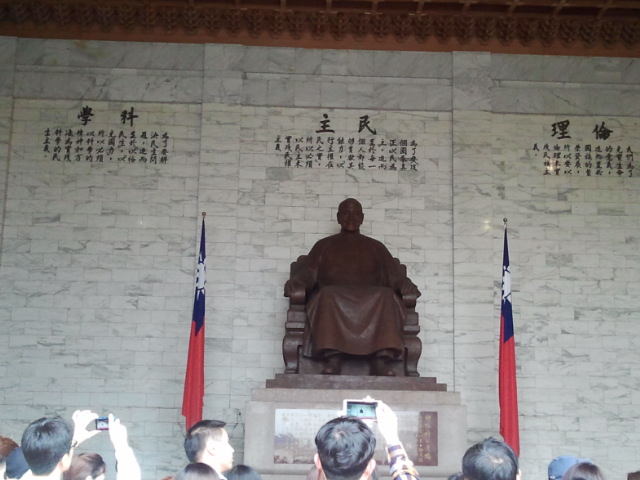
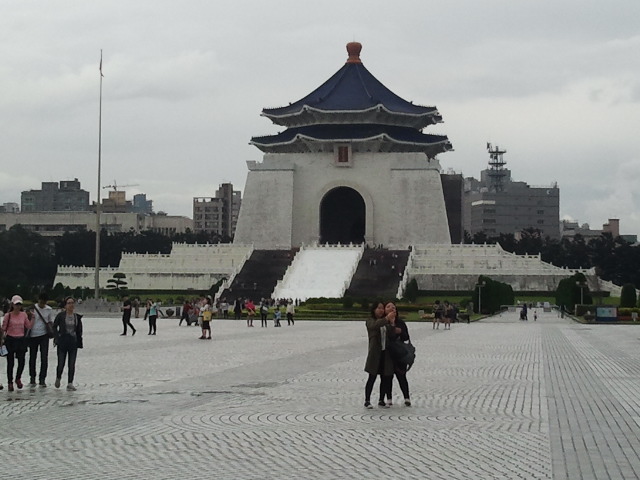

Chiang Kai Shek served as the leader of the Republic of China from 1928 to 1949, then the leader of Taiwan until his death in 1975. The memorial was officially opened on the 5th anniversary of Chiang Kai Shek's death. It includes 89 steps to the top to indicate his age when he passed away. The ground level features a library and museum, and the upper level has a giant statue of the leader. This is also where the changing of guards ceremony is held.
Going here, I really appreciated the architecture and meaning of the buildings. The lower level is a lot bigger than you would expect, every way you turn giving you a view of a structure of some sort. The museum holds a lot of art, personal belongings, as well as a car that the late leader used. The top of the main memorial building allows you to see all the buildings below and the scenery beyond. My family and I also took the time to watch the changing of the guard ceremony, which was very interesting.
For more info on Chiang Kai Shek click here
For more info click here
Taiwan National Palace Museum
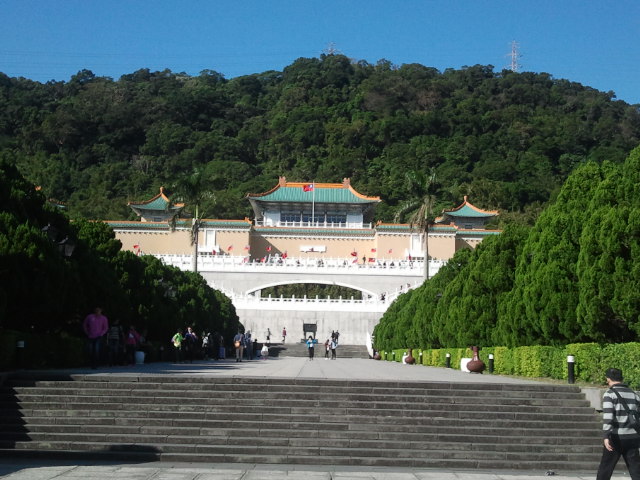
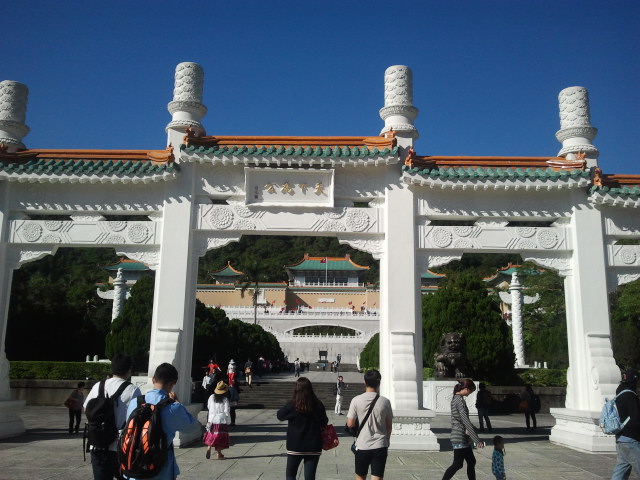

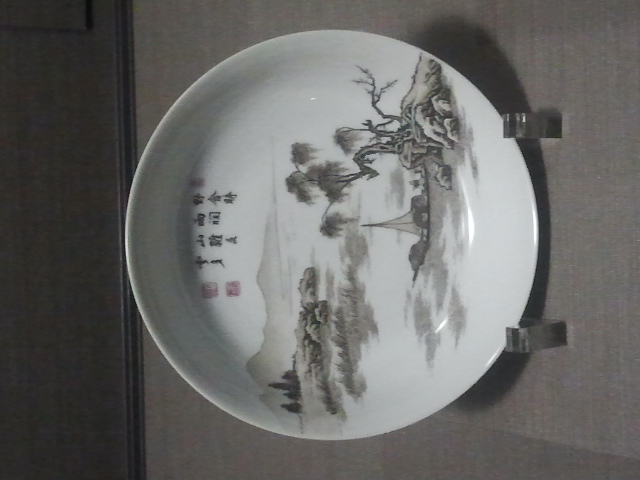
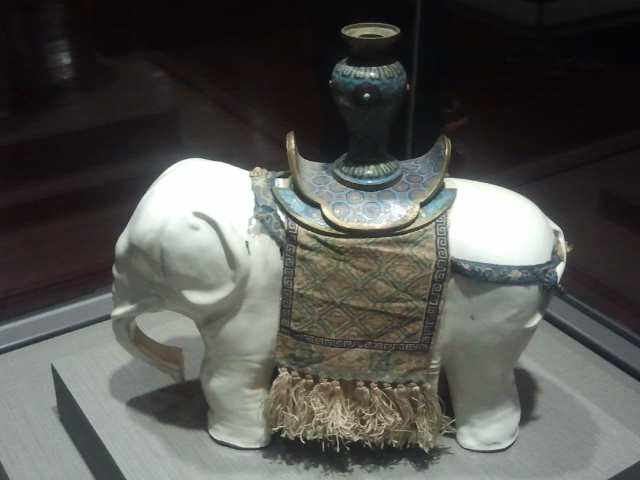
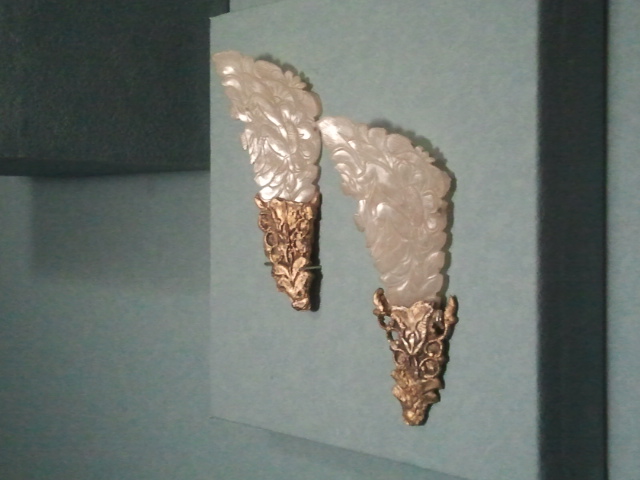


The National Palace Museum is located in Taipei. It holds a permanent collection of almost 700,000 ancient chinese imperial artifacts and artworks. It was originally established as the Palace Museum in the Forbidden Ciity in 1925. This collection only includes 22% of the artifacts originally to be transported from the Forbidden City. 3,000 pieces can be viewed at a time, and they are rotated every three months.
Pieces featured in the museum are:
- metal work
- ceramics
- caligraphy/paintings
- carvings
- rare books and documents
I could honestly spend the whole day in this museum if I was allowed to. There is so much art to look at, it's almost overwhelming. Every corner you take is another room or hallway with more artifacts. The fact that you are only viewing a small part of the collection at a given time amazes me as well. This was one of my favorite places to visit on my trip.
For more info click here
Longshan Temple
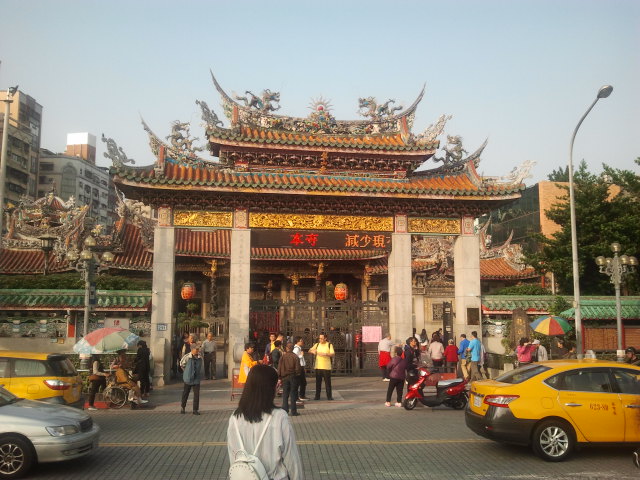
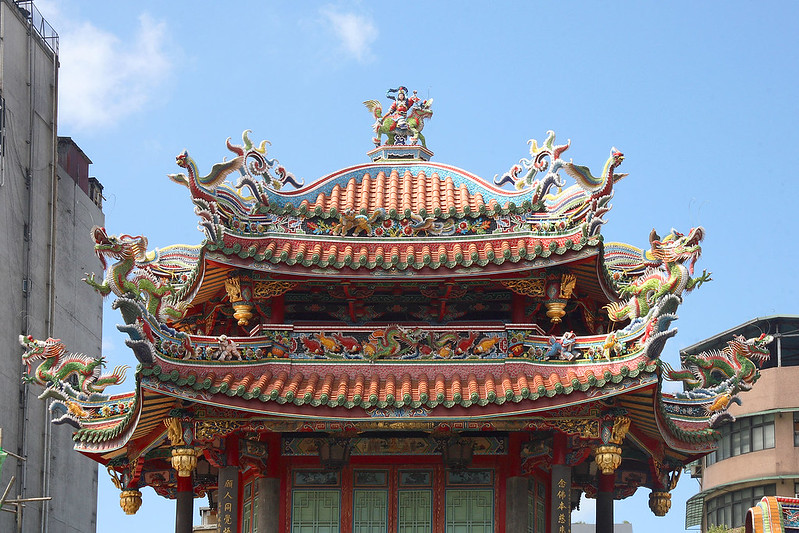

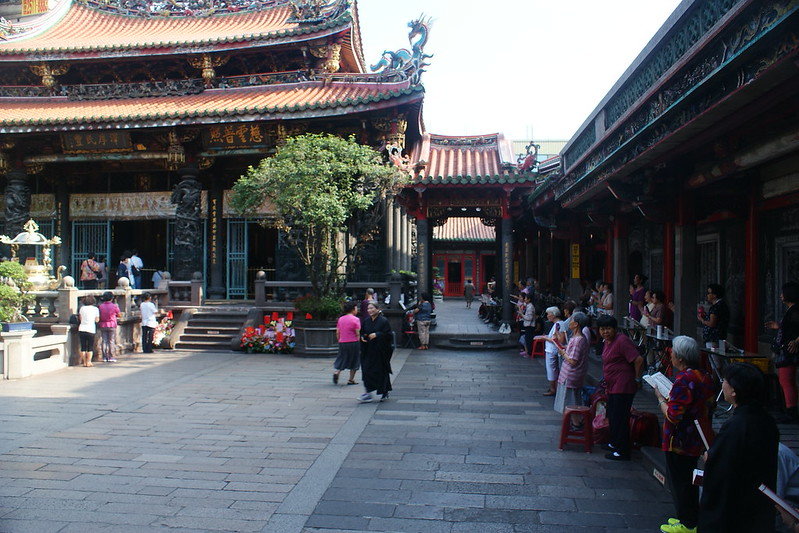
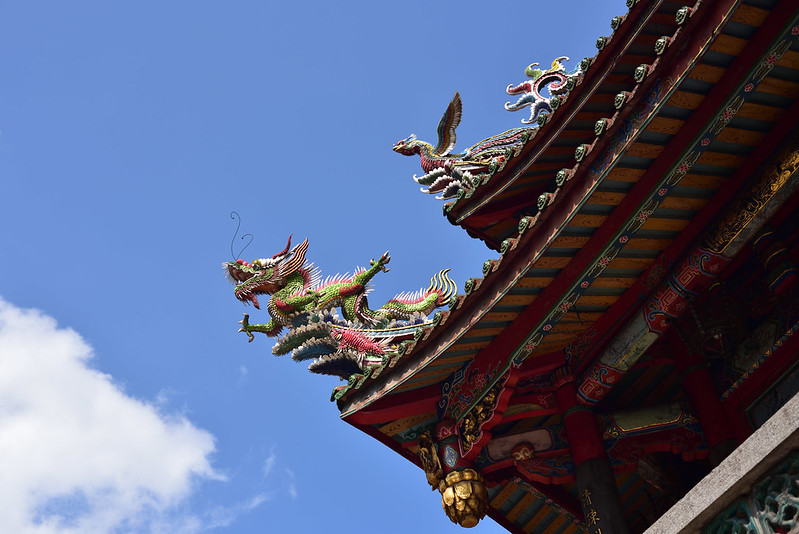
Longshan Temple was built in 1738 and has been destroyed many times from earthquakes and fires. Amazingly, the temple has been repaired and renovated by residents. It was first rebuilt during Japanese rule, and then again after World War II after it was bombed by American Bombers. This temple is multi religious and includes people from Taoist, Buddhist, and Confucian faiths.
I specifically remember being amazed at the top level/roof of this temple. Looking up, you see many colorful and intricate sculptures of dragons. Overall, this temple was very peaceful and beautiful. I love the fact that everyone who lives near takes good care of the temple and that it is multi religious.
For more info click here
Fo Guang Shan Buddha Museum



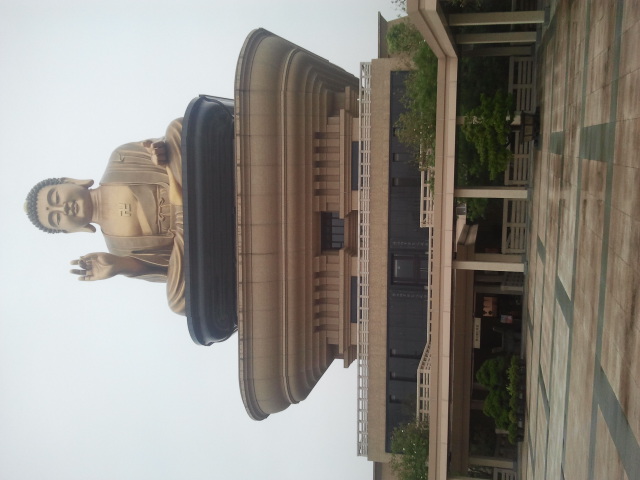

This museum is a popular cultural, religious, and educational museum located in Dashu District, Kaohsiung, Taiwan.
The museum features:
- front hall with many stone animal statues
- 8 pagodas that represent different meanings
- twin pavilions, for tea and educational lectures
- statues and art
- dome shaped stupa as the main hall
- Fo Guang Shan Buddha, which is 1,800 tons of metal
- 1/3 Buddha tooth relics.
This museum was one where you had to just pause and take in the scenery. It's not every day that you can see a giant Buddha like this. They also had a garden area with stone animal statues that I liked. My mom's side of the family is Buddhist, so I enjoyed learning more about some religious aspects and viewing the art they had. We were able to go into the room where the tooth relic was held. There are only 3 relics remaining in the world, so this was an experience to remember!
For more info click here
Angkor Wat
- Picture 1- Angkor Wat Temple
- Picture 2- Stone face carvings/statues
- Picture 3- Tree roots on temple
- Picture 4- Inside view
Kampong Kdei Bridge
Tuol Sleng
Taipei 101
- Picture 1- Night view
- Picture 2- Fireworks shot off of building
- Picture 3- Fireworks 2
- Picture 4- Looking up from bottom of building
Chiang Kai Shek Memorial
- Picture 1 (my picture)- View from top of memorial
- Picture 2 (my picture)- Chiang Kai Shek Statue
- Picture 3 (my picture)- Bottom view of memorial
- Picture 4 (my picture)- Front gates
National Palace Museum
- Picture 1 (my picture)- Bottom view of entrance
- Picture 2 (my picture)- Front gates
- Picture 3 (my picture)- Stone(?) horse head
- Picture 4 (my picture)- Plate with scenery
- Picture 5 (my picture)- Elephant
- Picture 6 (my picture)
- Picture 7 (my picture)
- Picture 8 (my picture)- Intricate sphere carving
Longshan Temple
- Picture 1 (my picture)- Front entrance
- Picture 2- Top of temple
- Picture 3- Inside area of temple
- Picture 4- Walkway
- Picture 4- Dragon on roof
Fo Guang Shan Buddha Museum
- Picture 1 (my picture)- Front view of pagodas and Buddha statue
- Picture 2 (my picture)- Top view of pagodas
- Picture 3 (my picture)- Stone lion statue
- Picture 4 (my picture)- Metal Buddha
- Picture 5- Main hall